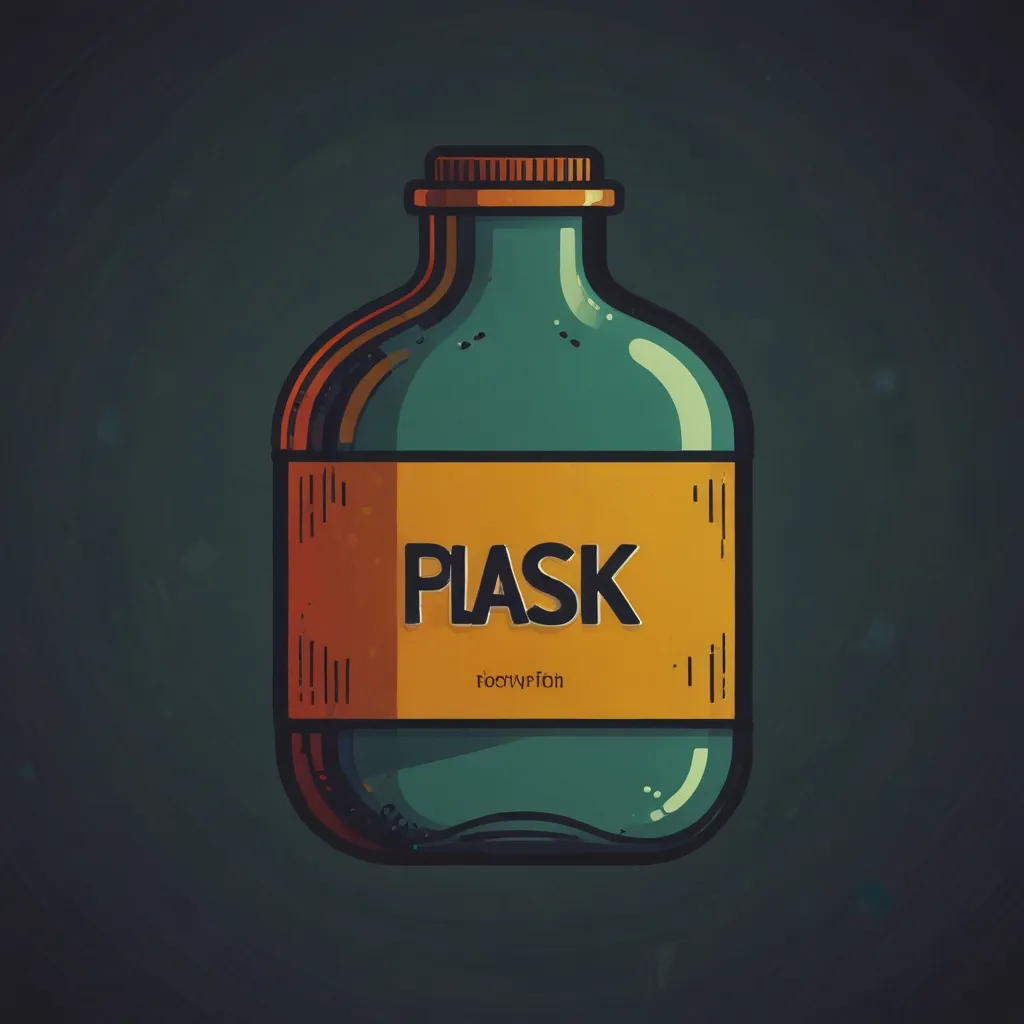Dive into Sapper: Crafting Fast and Efficient Web Apps
In today’s digital world, building web applications that are both fast and efficient is crucial. This is where Sapper steps in—a powerful framework built on top of Svelte that makes creating performant web apps a breeze. Let’s explore how to kick things off with Sapper and leverage its fantastic features.
All About Svelte: The Backbone of Sapper
Before we get knee-deep in Sapper, understanding Svelte is a must. Svelte is a unique JavaScript framework that compiles your code into highly optimized vanilla JavaScript during the build process, rather than handling tasks in the browser at runtime. This results in smaller application bundles and enhanced performance, making Svelte an ideal choice for web applications.
Svelte components are simple and modular, divided into three sections: markup, style, and script. This layout simplifies the development process for both novices and seasoned coders. Plus, Svelte’s reactive programming feature makes managing states and data binding super easy, ensuring that the user interface remains swift and responsive.
Kicking Off a Sapper Project
Starting a new project with Sapper is straightforward. The Sapper template provides a pre-configured environment to help you hit the ground running.
First, you’ll need to install Svelte and Sapper. Open your terminal and run:
npx degit "sveltejs/sapper-template#rollup" my-sapper-app
cd my-sapper-app
npm install
This sets up a basic Sapper project with all the necessary tools and scaffolding.
Next, dive into the project structure by opening the directory in your favorite IDE. Here’s what you’ll see:
- src: This is where you’ll craft your app’s components and routes.
- static: For all the static files like images and the manifest file.
- package.json: Pre-configured scripts for developing, building, and testing your app.
Crafting Routes in Sapper
Creating routes in Sapper is a breeze thanks to its file-based routing mechanism. Each page is just a component, and you generate new routes by adding files to the src/routes folder. For instance, place a file named about.svelte in the src/routes directory, and voila, Sapper automatically creates a route for /about.
Boosting Speed with Server-Side Rendering and Code Splitting
One of Sapper’s standout features is its support for server-side rendering (SSR). SSR boosts SEO by enabling search engines to crawl and index your app’s content. It also accelerates initial load times, enhancing the user experience. When navigating between pages, Sapper smartly ensures that only the necessary JavaScript and CSS are loaded, thanks to its automatic code-splitting feature based on routes.
Staying Fast and Reliable with Offline Support
Sapper makes offline functionality a no-brainer with built-in support for service workers. This means users can keep interacting with your app even without an internet connection, which is invaluable for mobile apps where connectivity can be spotty. Plus, the framework’s performance-centric approach keeps your app running smoothly even as it scales.
Loving the Developer Experience
Sapper isn’t just about end-user experience; it’s a developer’s dream too. Features like hot module reloading make the development process more enjoyable and efficient. The framework’s minimal hidden “plumbing” allows for easy customization, so you can tweak every aspect to your heart’s content. This transparency makes Sapper beginner-friendly, yet powerful enough for experienced developers.
Let’s Build Something: A TODO List App
To see Sapper in action, let’s build a simple TODO list application. Start with a new Sapper project as outlined earlier. Navigate to the src/routes directory and create a file named index.svelte. This will be the main page of our TODO list app.
Here’s some sample code to get you started:
<script>
let todos = [
{ id: 1, text: 'Buy milk', done: false },
{ id: 2, text: 'Walk the dog', done: false },
{ id: 3, text: 'Do laundry', done: false }
];
function addTodo() {
todos.push({ id: todos.length + 1, text: 'New todo', done: false });
}
function toggleTodo(id) {
const todo = todos.find(todo => todo.id === id);
if (todo) {
todo.done = !todo.done;
}
}
</script>
<h1>TODO List</h1>
<ul>
{#each todos as todo}
<li>
<input type="checkbox" on:click={() => toggleTodo(todo.id)} checked={todo.done} />
<span style:font-weight={todo.done ? 'bold' : 'normal'}>{todo.text}</span>
</li>
{/each}
</ul>
<button on:click={addTodo}>Add Todo</button>
This example showcases Svelte’s reactive programming, making state management a walk in the park. Whenever the state changes, the UI updates automatically, ensuring a seamless user experience.
Running and Deploying Your Sapper App
To see your app in action locally, simply run:
npm run dev
This will spin up a local server where you can view your app at http://localhost:3000/. When you’re ready to go live, build your app for production with:
npm run build
This compiles your application for server rendering and gets it all set for deployment.
Wrapping Up
Sapper, paired with Svelte, provides a robust toolset for building cutting-edge web applications. Its emphasis on performance, server-side rendering, and code splitting makes it a top choice for developers aiming to create fast and scalable apps. With its clear syntax and reactive programming model, Sapper is accessible to developers of all skill levels. Whether you’re building a simple TODO list app or a more complex web application, Sapper is a framework that can help you get there efficiently and effectively.






